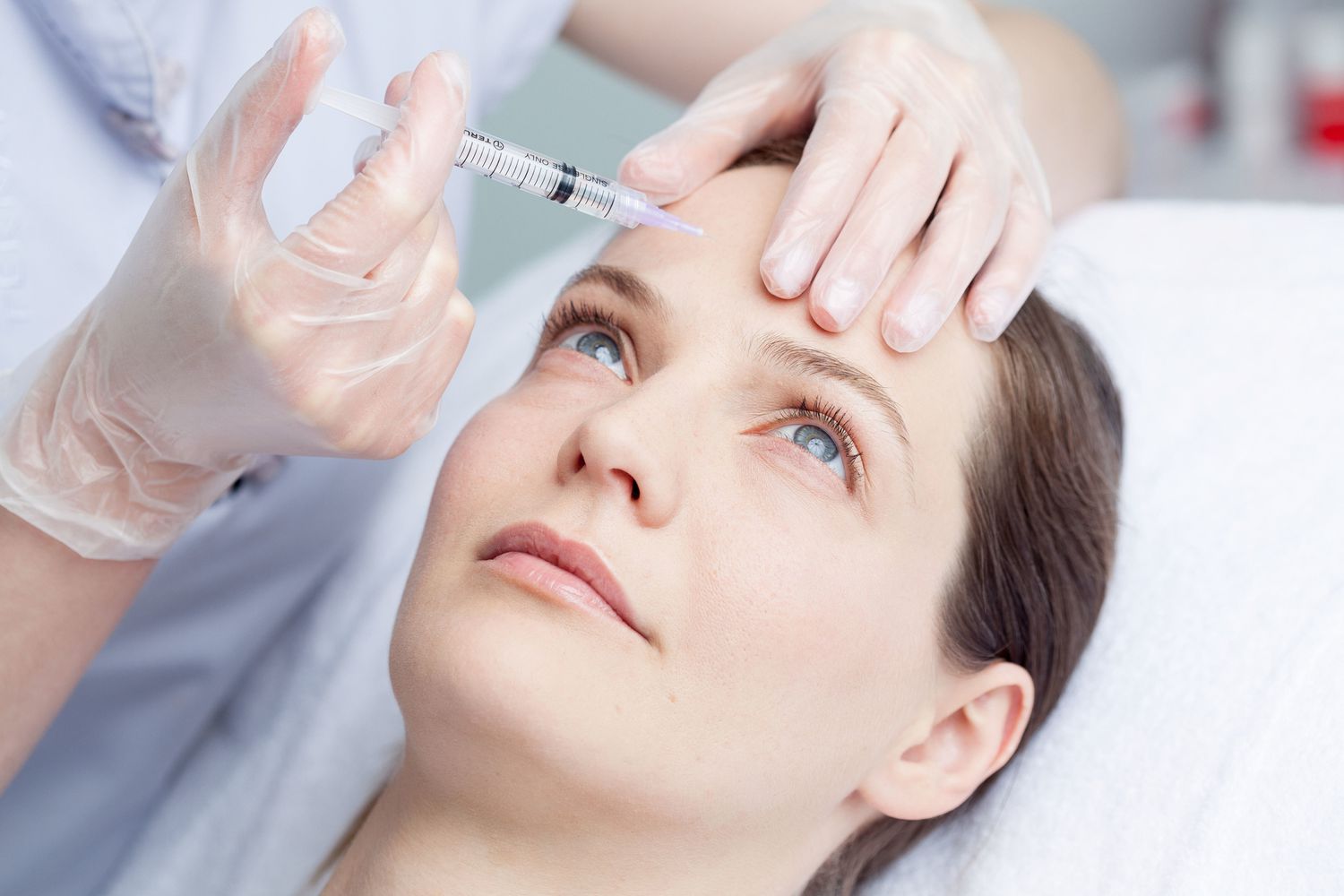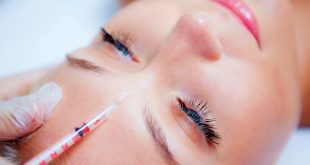Botox injection for wrinkles has become a popular cosmetic procedure for individuals looking to achieve a more youthful appearance. With its ability to reduce the appearance of fine lines and wrinkles, Botox has transformed the landscape of aesthetic medicine. This article will explore what Botox is, how it works, the benefits and risks associated with Botox injections, the procedure itself, aftercare, and the long-term effects of Botox for wrinkles.
What is Botox?
Botox, short for botulinum toxin, is a neurotoxic protein produced by the bacterium Clostridium botulinum. Initially developed for medical purposes, Botox has gained significant popularity in the cosmetic industry for its effectiveness in reducing facial wrinkles and fine lines. When injected in small doses, Botox temporarily paralyzes the muscles responsible for causing wrinkles, resulting in a smoother and more youthful appearance.
The Science Behind Botox Injection for Wrinkles
Botox injection for wrinkles works by blocking nerve signals to the muscles. When the targeted muscles are unable to contract, the skin above them appears smoother and less wrinkled. This effect typically lasts for three to six months, after which repeat treatments are required to maintain the desired results. The most common areas treated with Botox include:
- Forehead lines
- Crow’s feet (wrinkles around the eyes)
- Frown lines (between the eyebrows)
- Neck bands
Benefits of Botox Injection for Wrinkles
The benefits of Botox injection for wrinkles extend beyond mere cosmetic enhancement. Here are some key advantages:
1. Non-Invasive Procedure
Botox injections are minimally invasive, requiring no surgical intervention. Patients can undergo the procedure in a doctor’s office and return to their daily activities almost immediately, making it a convenient option for busy individuals.
2. Quick Results
One of the significant appeals of Botox injection for wrinkles is the rapid onset of results. Many patients notice improvements within 24 to 48 hours after treatment, with full effects visible within two weeks.
3. Long-lasting Effects
While the results of Botox are not permanent, they can last several months. Most patients find that they need touch-ups every three to six months, making it a relatively low-maintenance option compared to other cosmetic treatments.
4. Versatility
Botox injection for wrinkles can address various areas of the face, providing a comprehensive solution for aging concerns. Additionally, Botox can be combined with other treatments, such as dermal fillers, to enhance overall results.
5. Prevention of New Wrinkles
Regular Botox treatments can help prevent the formation of new wrinkles. By limiting muscle movement, Botox can inhibit the development of deep lines and creases over time.

Risks and Considerations
While Botox injection for wrinkles is generally considered safe, it is essential to be aware of potential risks and side effects:
1. Temporary Side Effects
Some patients may experience mild side effects, such as bruising, swelling, or redness at the injection site. These effects are usually temporary and resolve within a few hours to a few days.
2. Allergic Reactions
Although rare, some individuals may have allergic reactions to Botox. Symptoms can include itching, rash, or difficulty breathing. It is crucial to discuss any known allergies with your healthcare provider before treatment.
3. Muscle Weakness
In some cases, the effects of Botox may spread to adjacent muscles, causing temporary weakness in those areas. This phenomenon is more common when Botox is administered in higher doses or inappropriately.
4. Overuse
Repeated Botox injections can lead to an unnatural appearance if not administered correctly. Finding a qualified and experienced injector is vital to achieving natural-looking results.
The Botox Injection Procedure
The process of receiving a Botox injection for wrinkles is relatively straightforward. Here’s a step-by-step breakdown:
Step 1: Consultation
Before undergoing treatment, patients should schedule a consultation with a qualified healthcare provider. During this visit, the provider will assess the patient’s facial structure, discuss treatment goals, and review medical history.
Step 2: Preparation
Once a treatment plan is established, the provider will prepare the patient for the injection. This may include cleansing the treatment area and applying a topical anesthetic to minimize discomfort.
Step 3: Injection
Using a fine needle, the provider will inject small amounts of Botox into the targeted muscles. The number of injections will vary depending on the areas being treated and the desired results.
Step 4: Post-Treatment Care
After the procedure, patients are typically advised to avoid strenuous activities, alcohol, and excessive heat for 24 hours. It is also essential to refrain from rubbing or massaging the treated areas to ensure that the Botox remains localized.
Aftercare Tips
Proper aftercare is crucial for optimal results following a Botox injection for wrinkles. Here are some tips to consider:
1. Avoid Touching the Injection Site
It is essential not to touch or rub the treated areas for at least 24 hours after the injections to prevent the Botox from spreading to unintended muscles.
2. Stay Upright
Patients are advised to remain upright for at least four hours after treatment. Lying down can increase the risk of Botox migrating to other areas.
3. Follow-Up Appointments
Schedule follow-up appointments with your healthcare provider to monitor the results and discuss any concerns. Regular check-ins can help ensure that the treatments are achieving the desired effects.
4. Maintain a Healthy Lifestyle
A healthy diet, regular exercise, and adequate hydration can help maintain the results of Botox injections for wrinkles. Staying hydrated supports skin health and elasticity.
Long-Term Effects of Botox Injection for Wrinkles
Over time, many patients report that their skin appears smoother even between treatments. This phenomenon may be due to the reduced muscle activity caused by regular Botox injections. However, it’s essential to note that Botox does not stop the aging process; it simply mitigates its visible effects.
Is Botox Right for You?
Determining whether Botox injection for wrinkles is suitable for you involves considering several factors:
- Age: Botox is typically recommended for adults aged 18 and older. Younger patients may consider it for preventive purposes.
- Skin Type: Individuals with significant sun damage or skin laxity may benefit from combining Botox with other treatments.
- Medical History: Patients with certain medical conditions or allergies should discuss their eligibility with a healthcare provider.
Conclusion
Botox injections for wrinkle control offer an effective solution for those seeking to reduce the visible signs of aging. With its non-invasive nature, quick results, and long-lasting effects, Botox has become a staple in cosmetic dermatology. However, potential risks and considerations should be taken into account. By consulting with a qualified professional and following proper aftercare, patients can achieve natural-looking results and enjoy the confidence that comes with a smoother, more youthful complexion.
As cosmetic procedures continue to evolve, Botox remains a trusted option for individuals looking to enhance their appearance and embrace their beauty at any age.






